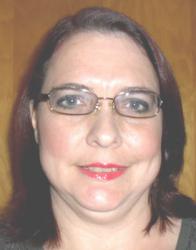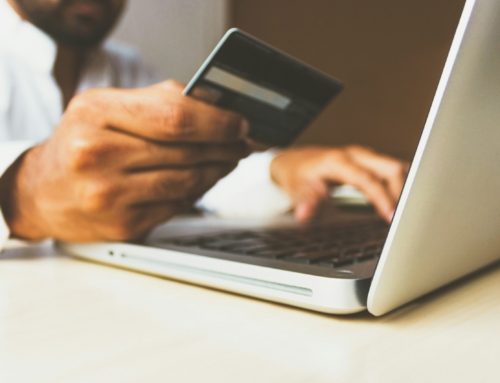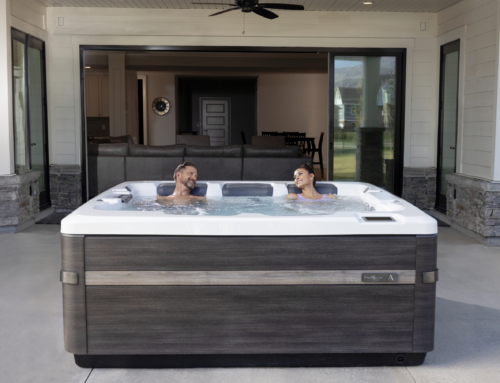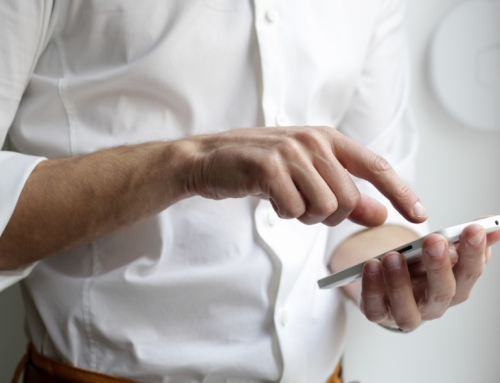To paraphrase Mark Twain, the reports of the death of retail have been greatly exaggerated. In February, the National Retail Federation released its economic forecast for 2018 in which they predicted that retail sales would grow 3.8 to 4.4% over growth experienced in 2017. Then in March, Kiplinger forecasted that “2018 should be a good year for retail. Sales, excluding gasoline and autos, will grow 4.7%.”
How are you going to make these predictions a reality for your spa retail store? The answer is by recognizing conversion points to close spa sales.
From Contact to Contract
Conversion occurs when the customer responds positively to a call-to-action. From the moment a customer contacts your store—online, over the phone, or in person—you have five distinct conversion opportunities. The goal of successfully converting at all of these stages is a signed contract of purchase. Let’s look at these conversion opportunities in more detail.
- Get the customer off the phone or the internet and into the store.
- Convert in-store customers from browsers to engaged shoppers.
- Move customers from asking about spas to telling you what they want to achieve.
- Guide them from just looking at the product to touching, sitting in or testing the spa.
- Take them from considering buying a spa to imagining the spa in their own backyard.
Steps 1 & 2: Connect with the Customer
The goal here is to convert the customer from asking questions over the phone or via your website to physically visiting your store. When customers initiate contact, they are usually seeking specific information such as pricing or spa maintenance. Your response to these requests should encourage the customer to visit the store.
- Answer questions promptly, clearly. and honestly.
- If you don’t know the answer, find out and get back to them promptly.
- Ask meaningful questions about their wants and needs in terms of spa ownership.
- Invite them to the store to see specific products.
- Schedule an appointment for them to meet with you in the store.
- Be courteous and respectful.
- Listen more than you talk.
If the customer hasn’t initiated contact via phone or web contact form, the right web content can encourage them to visit the store in person:
- Advertise events hosted in your store (according to NRF, six out of ten shoppers “are interested in events held by retailers to draw customers into their stores”).
- Announce flash sales to get customers coming back to your website as well as into your store.
- Give in-store discounts when items are purchased online.
- Provide in-store pick-up for online orders.
- Distribute digital coupons for use only in-store.
As you introduce the product, your goal is for the customer to progress from asking questions about spas to telling you why they want a spa and what they want to achieve with spa ownership.
Once customers enter the store, your goal is to convert them from browsers to engaged shoppers. The most effective way to accomplish this is with genuine, meaningful engagement where you listen to what the customer has to say and try to see the situation from their perspective.
- Greet customers personally as they enter the store.
- Get to know them by chatting them up and finding a common ground.
- Build a rapport based on that common ground.
- Ask them questions and really listen to their responses; take notes.
- Create a shopping experience that is personally relevant to the customer.
- Find out what their goals are and give them a store tour of the products you feel are personally relevant to them.
Steps 3 & 4: Connect the Customer with the Product
This is the point where you explain how spas work and the benefits they provide. Essentially, it is the presentation phase.
As you introduce the product, your goal is for the customer to progress from asking questions about spas to telling you why they want a spa and what they want to achieve with spa ownership. Now you can begin discussing benefits and features specific to customer needs and wants. At this point, the conversion goal is to have the customer touch the spa, sit in the spa, or experience it outright in a test spa environment.
Another goal is to convert their buying decision from a logical cost calculation to an emotional response based on their personal needs.
Another goal is to convert their buying decision from a logical cost calculation to an emotional response based on their personal needs. Keep in mind that research by Oracle shows that “65% of the global consumer base” values personalized shopping experiences. For spa dealers and retail outlets, this means that the point at which your shopper becomes a buyer may very well be when they actually test a spa with jets specifically designed to target their lower back, shoulder, or neck pain.
Step 5: Connect the Product with Additional Value
When many people think of spas, they think of a relaxing tub of hot, bubbling water. Sure, it would be nice to have the luxury of a long, hot soak after a hard day at work, but is it worth the expense? And cue the sales rep: “Yes it is, because a spa is so much more than tub of hot water!”
This is where you give them all the information needed to convert them from merely considering a spa purchase to visualizing a spa in their own backyard and imagining having access to its benefits on demand. It’s also a great time to upsell audio systems, lights, premium finishes and other options to show customers how to create their own unique backyard spa experience.
This is where you give them all the information needed to convert them from merely considering a spa purchase to visualizing a spa in their own backyard and imagining having access to its benefits on demand.
You know you’re on the right track when they begin to ask questions about dimensions, installation, plumbing, electricity, or replacement parts, along with general maintenance and upkeep. Show them the current promotions, sales, discounts, and financing offers to create sense of urgency.
Closing the Sale in 2018
Understanding and recognizing conversion points provides a path for sales reps to turn browsers into shoppers, shoppers into buyers, and buyers into long-term customers.
- Browser to Shopper: As it turns out, converting a browser into a shopper isn’t that hard as one NRF survey shows that in-store shoppers are 73% more likely to be seeking a specific item as opposed to 27% who are “just browsing.” It seems if people are going to the trouble of coming into a brick-and-mortar store, they are coming with a purpose!
- Shopper to Buyer: Cultivating a personal connection with shoppers is the best way to convert them to buyers. Listen to what they are looking for and connect them with the product that best meets their need.
- Buyer to Customer: Your biggest goal is to turn a one-time buyer into a long-term customer which is often accomplished when you connect your products with additional value. When buyers realize that you have everything necessary to keep their spa in top working order for years to come, they’ll keep coming back to your store.
Closing retail sales in 2018 is about cultivating trust, exhibiting integrity, and knowing your product inside and out. Give the customer what they want and they’ll not only want to come back, but will spread the word to friends, families, and neighbors as well.









Leave A Comment